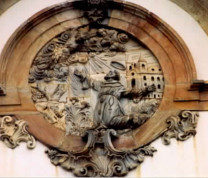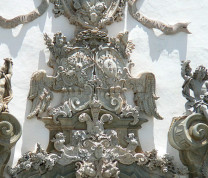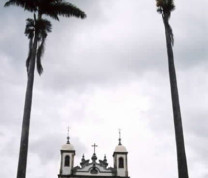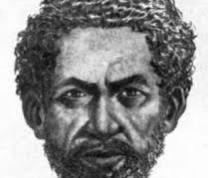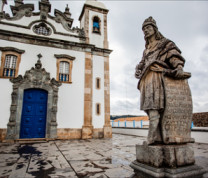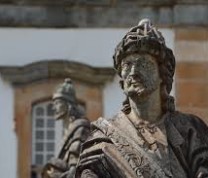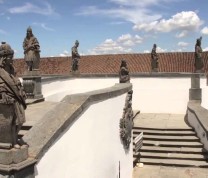Have you ever heard about our greatest Baroque Artist? Today we are going to talk about Aleijadinho, a Brazilian legend. Check it out:
Aleijadinho literally means “the little cripple” and in our contry, “the little cirpple” was a fantastic architect, painter and sculptor, he is even known as the Brazil’s greatest Baroque Artist. Aleijadinho (1738 – 1814), byname of Antônio Francisco Lisboa, was born and raised in Minas Gerais, in the Southeastern part of Brazil. His parents were a Portuguese carpenter and an African Slave that migrated to Brazil because his father’s skills were in demand.
The artist got this nickname because he was born with a degenerative disease that led to the deformation of his limbs, it was around 1970’s when he started to show signs of his disability disease, but although he was disfigured and disabled he has never stopped to sculpt with a chisel and a hammer tied to his fingerless hands.
Aleijadinho learned the fundamentals of architecture an sculpture with his days and later he started to work as a day laborer working on the Church of Our Lady of Carmel in the town of Ouro Preto, a church designed by his father himself. His most famous work were the Twelve profets which are a set of soapstone carved sculptures, many people think that this work corresponds to the Twelve Minor Profets, but in reality those scupltures are the part of the Old Testament Deuterocanon and all the figures holds a scroll with a Latin text, from their biblical writings. Aleijadinho’s sculpture includes pulpits, portals, balconies, altars, statues, processional images, and caryatids. His sculpture always improved and harmonized with his Baroque and Rococo architecture.
As time went by, the artist became more and more antisocial, preferring to work during the night and to go out he needed to be carried through the streets because he also lost his fingers. He eventually died alone, sick and poor in Ouro Preto city.
